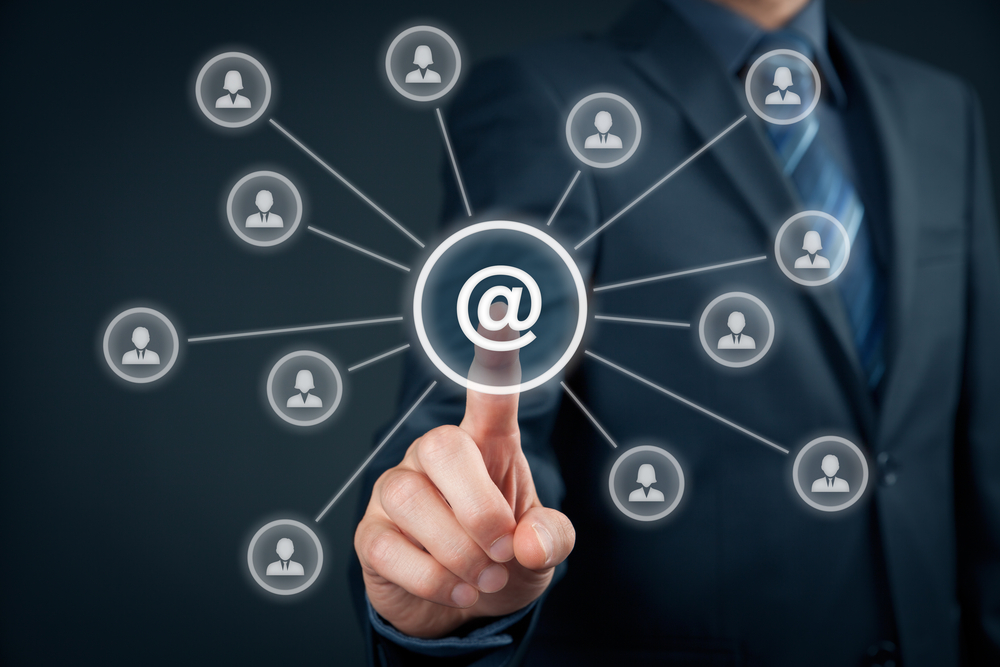
Opening unknown links can be a risk factor for your business and staff. As a result, more and more business owners have incorporated fake link prevention strategies into their security training. We’ve come up with a few tips to help ensure that your staff members have the critical information on how to spot fake links. This training can help prevent hackers from gaining access to your business. In cases like this, it is better to be proactive rather than reactive after a breach.
How to Spot Fake Links: Brief Staff Security Training Guidance
If you have been considering covering bogus links with your staff security training, you’ll want to consider the following how to spot fake link prevention tips. These security training tips will help to give your staff the tools they need to stay safe and protected against the dangers posed by malicious links.
Staff Security Training Tip #1: Check URLs Before Following Them
One important tip for your staff as part of their security training is to check all URLs. A URL is the web address that you follow when you click a link. A common trick used by hackers to make the URL seem authentic is to use a similar URL mimicking a legitimate website.
For example, one switch would be disguising bogus links by changing the website name from ‘example-site.com’ to example_site.com.’ This tiny change often goes unnoticed but could lead to your staff getting caught by a fake link.
Here are more examples:
If you regularly deal with Amazon, you’ll notice that their URLs look like these:
orders@amazon.com, service@amazon.com, or membership@amazon.com
But bogus URLs will look like these:
hurry@amazon-$75.com, buddy79@my_amazon.com, or service@amazon-helpmenow.com
Often, the URL won’t contain the name of the sender at all. You may see URLs like these:
clickhere@davisneedsshoes.org, holographic_iris@$9di4!wow.net
Question any link that seems out of place. If your staff doesn’t check these carefully, it can be easy to fall into a trap.
As part of this staff security tip, make sure they’re aware to check both the name of the link and check where the hyperlink goes. Hackers can easily disguise malicious links as legitimate links by using a website name as the anchor text. But, instead of taking you to the legitimate website, the link redirects you to a fake site. Luckily, checking the destination of a hyperlink is easy, especially on computers; simply right click and you’ll get an option to see or edit the hyperlink.
Staff Security Training Tip #2: Don’t Open Unknown Emails
A second crucial tip is to ensure that your staff does not open unknown emails. For many people, this is not easy to do. After all, how can you tell whether a sender is legitimate or not? It’s easy to understand why this is so difficult. Some people struggle to decide whether the contact details for a firm are legitimate addresses or not. Luckily, we have a few tips for this.
Firstly, for text messages and telephone contacts, look up the telephone number from the source. A quick search will often give you the information you need to know. Most companies will have these numbers listed on their website’s contact details. Alternatively, if the phone number is not legitimate, many sites now exist to display shady phone numbers; as such, searching the phone number alone may be enough information to help you decide if the text was legitimate.
As part of checking a sender’s identity, you can also search for a specific email address to see if any information comes up. Most companies will have their contact email addresses displayed on their website. Check If the email address in question is on the website so you can confirm that the links are legitimate. If the exact email address does not appear on the website, you should question its authenticity.
If you struggle to find the correct information directly from a search, don’t be afraid to contact the company in question. Most companies are more than happy to help if it means preventing a scam from occurring in their name.
Checking the legitimacy of the phone number or email address is one of the best ways to check whether a link is legitimate or fake. Ensure that your staff knows to do this for any communication containing a link.
Staff Security Training Tip #3: Get the Best IT Support and Antivirus Software
As a third and final tip for your security training, we cannot stress the importance of good anti-malware and antivirus solutions highly enough. Having these in place and installed on all of your devices can provide a good security backup. This practice is vital in case someone accidentally follows an illegitimate link that tries to download harmful software.
Antivirus software is highly affordable nowadays and doesn’t take long to set up in your office. If you have any questions about this, contact us today. We will help you find the best antivirus software for your needs, as well as offer training to your staff.





Recent Comments